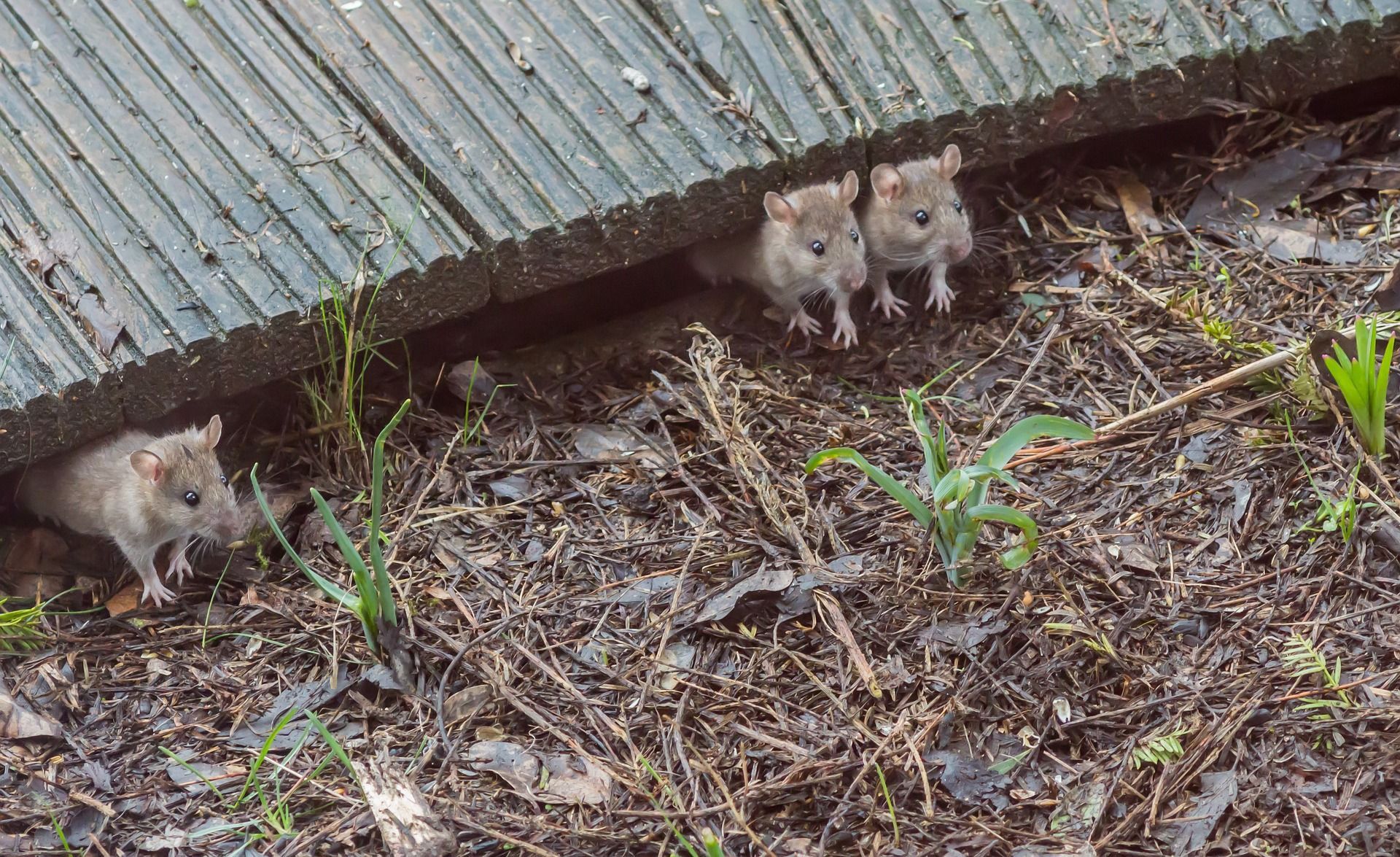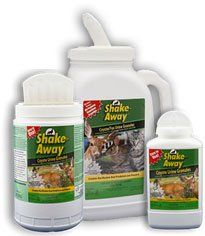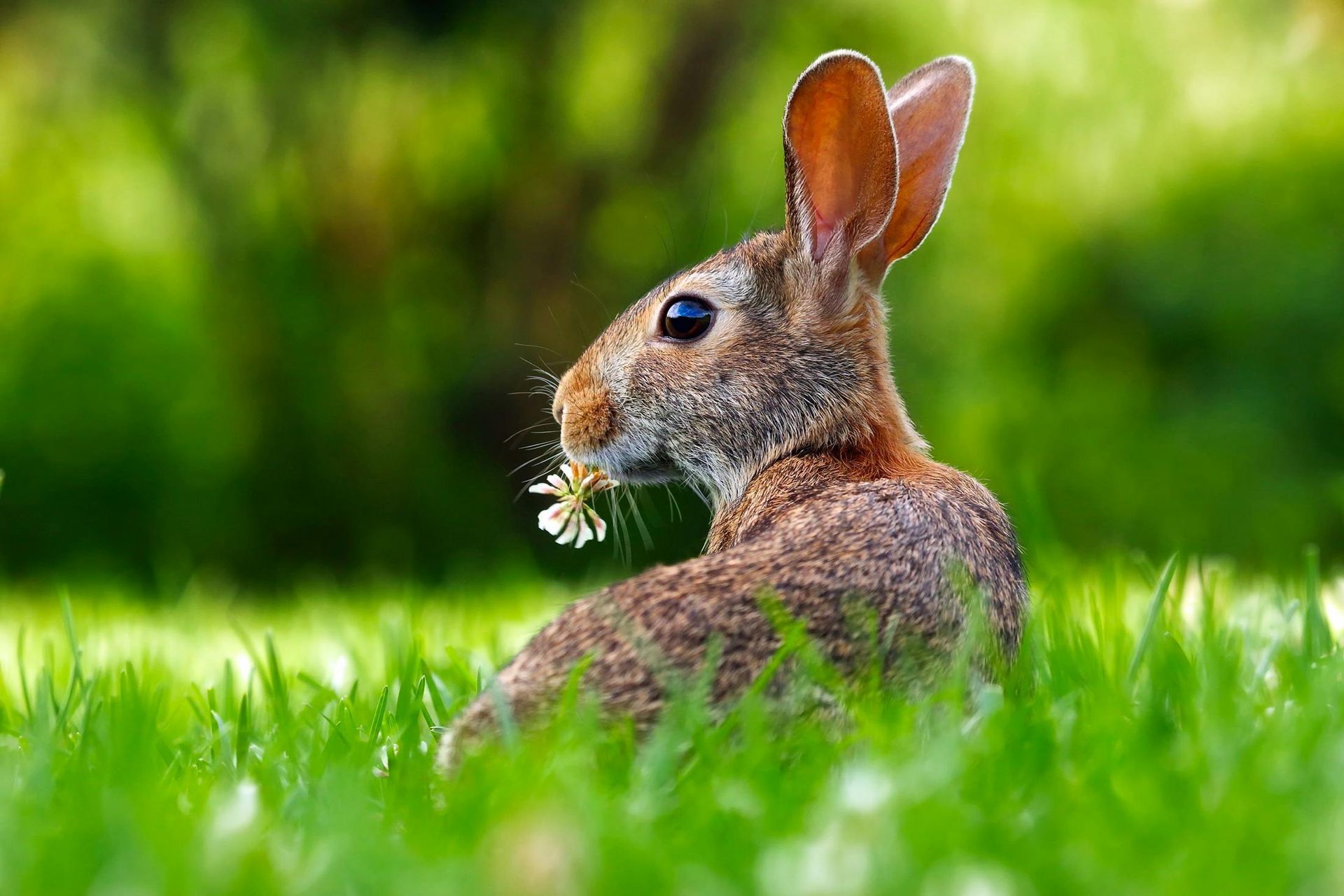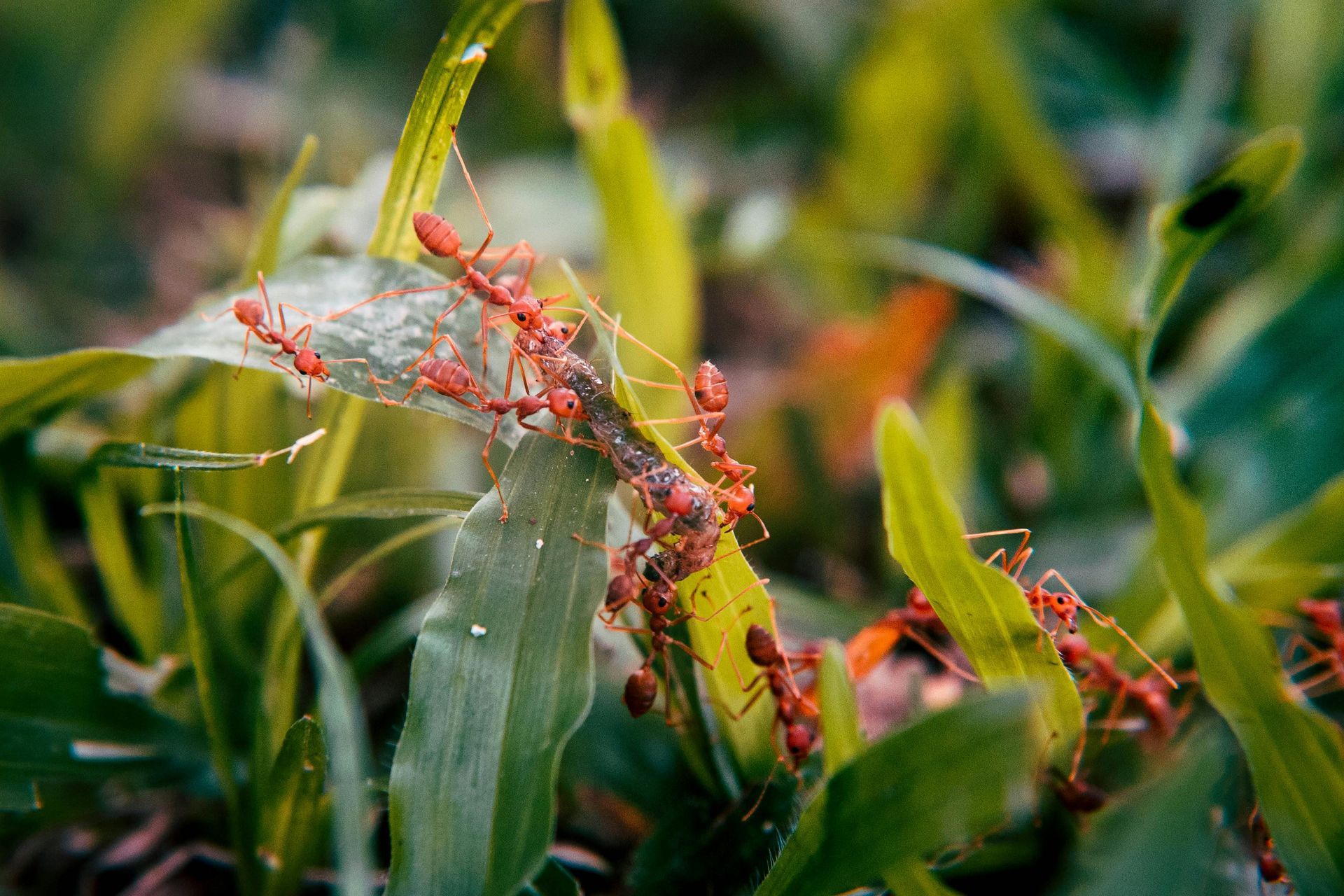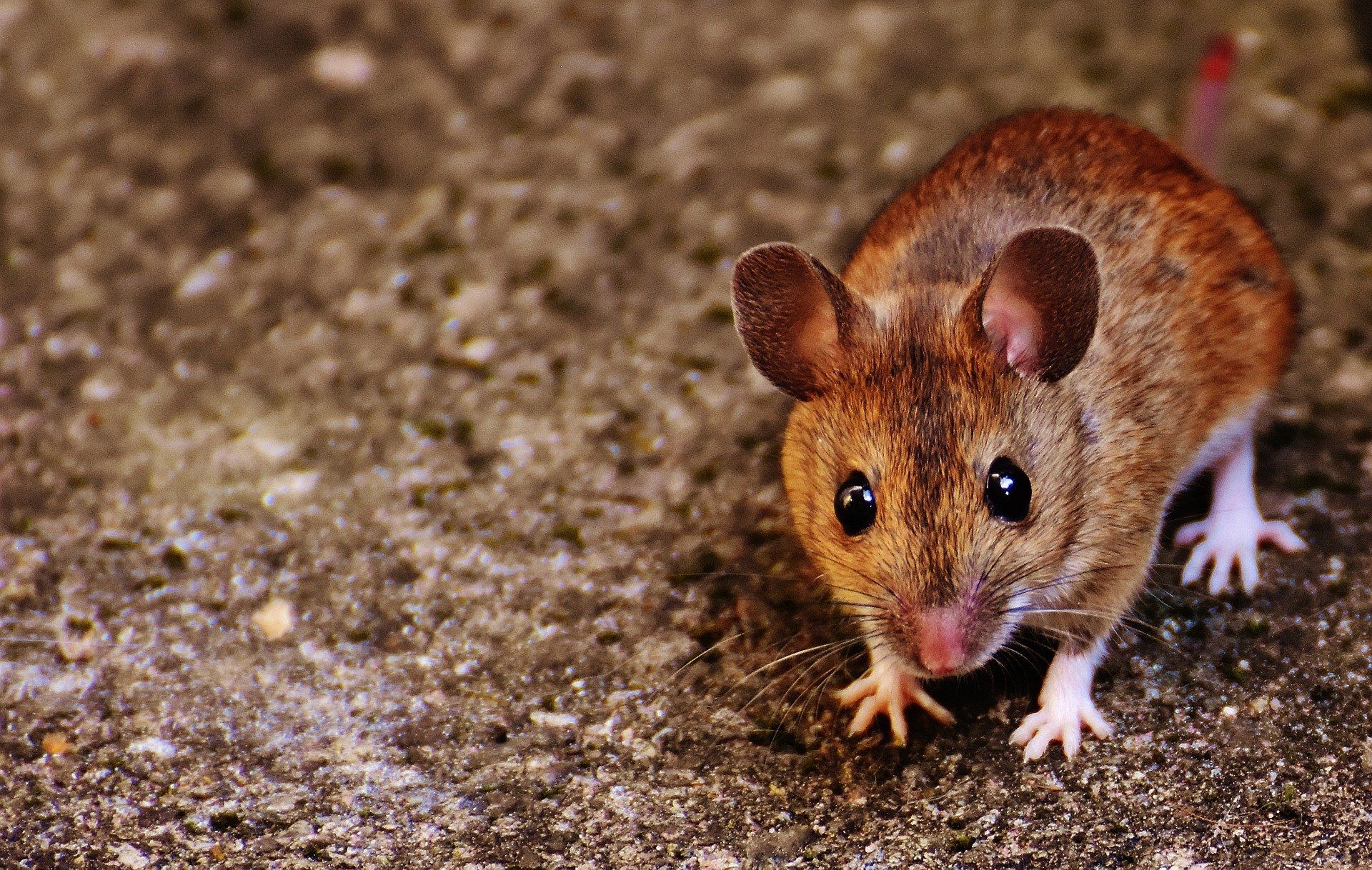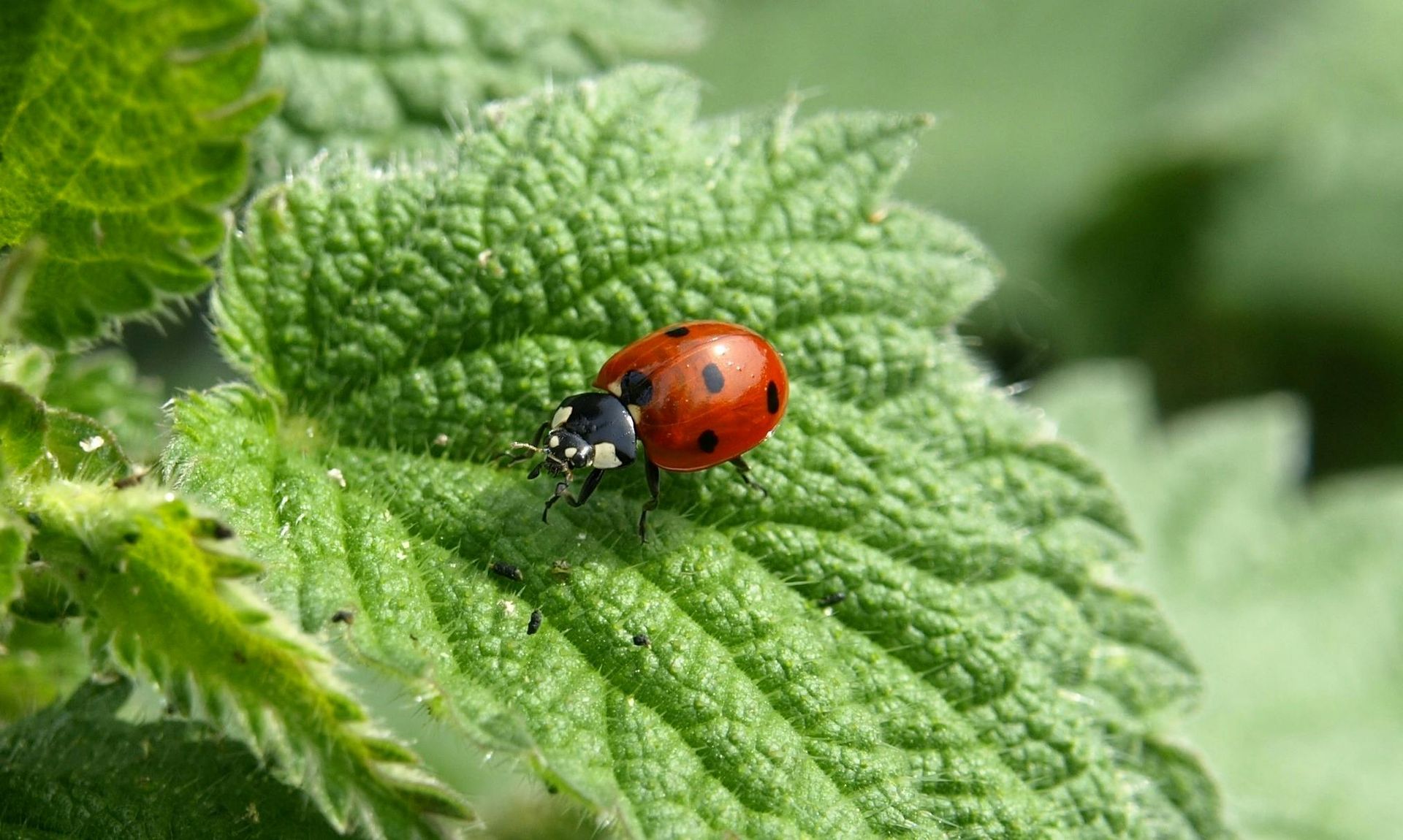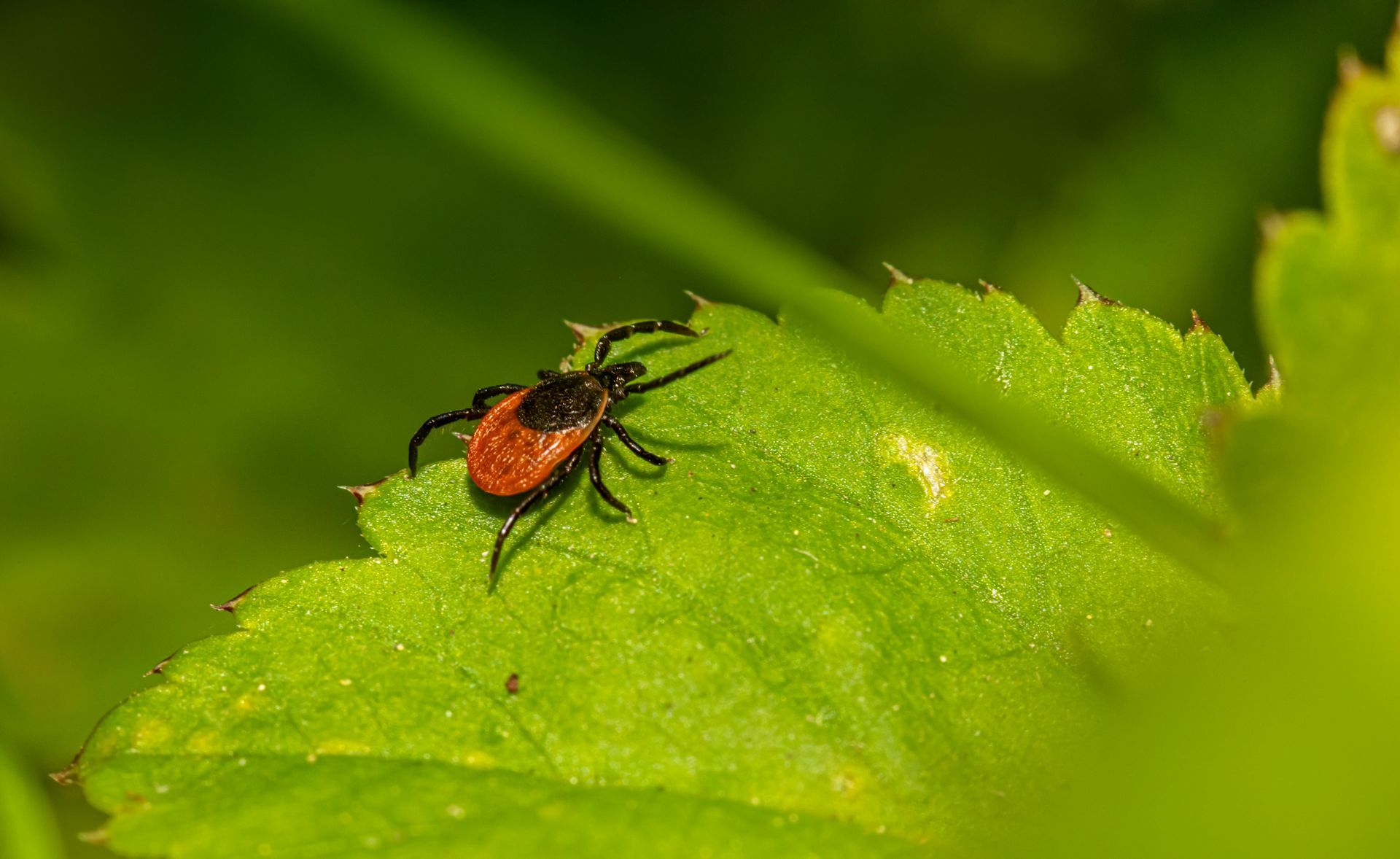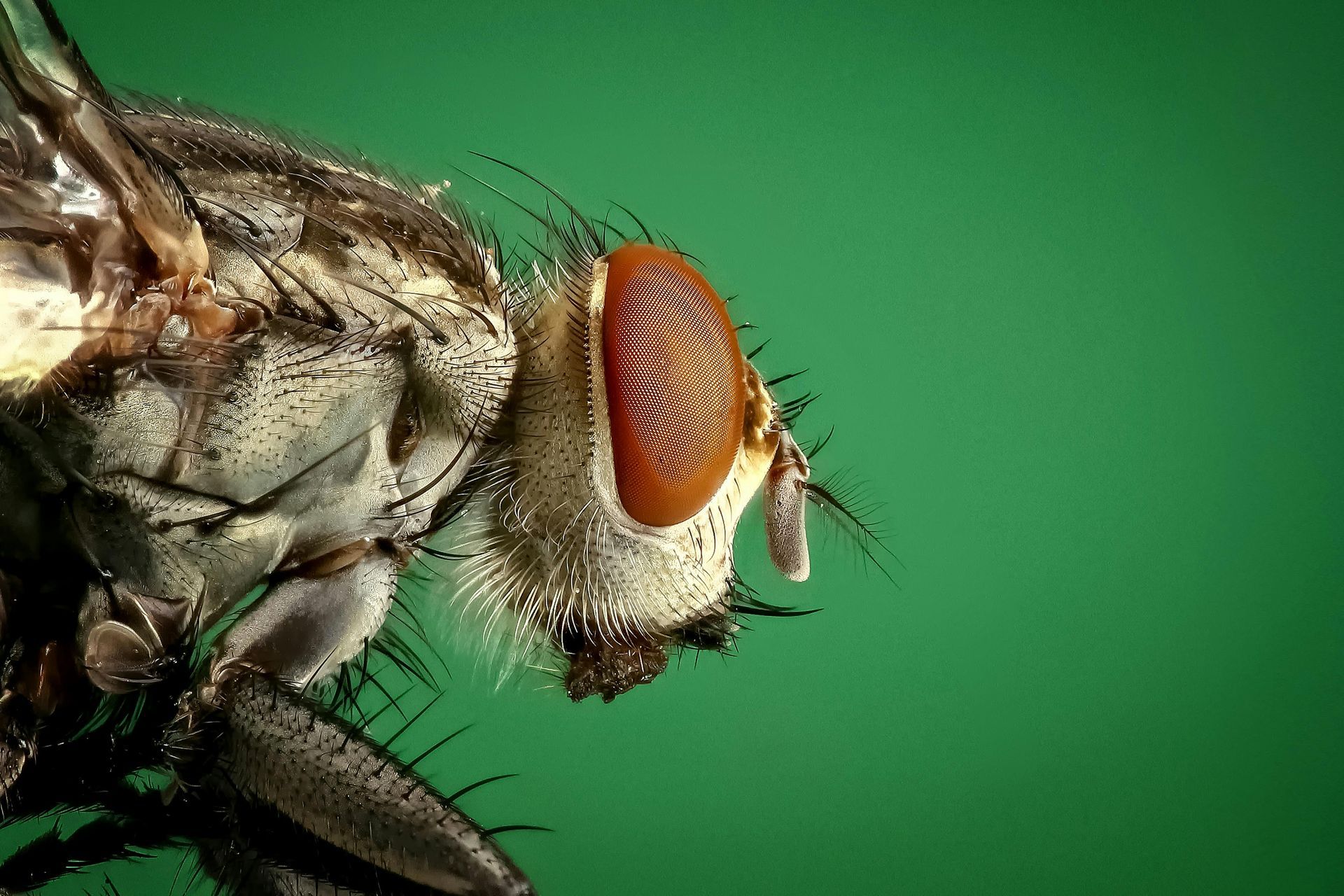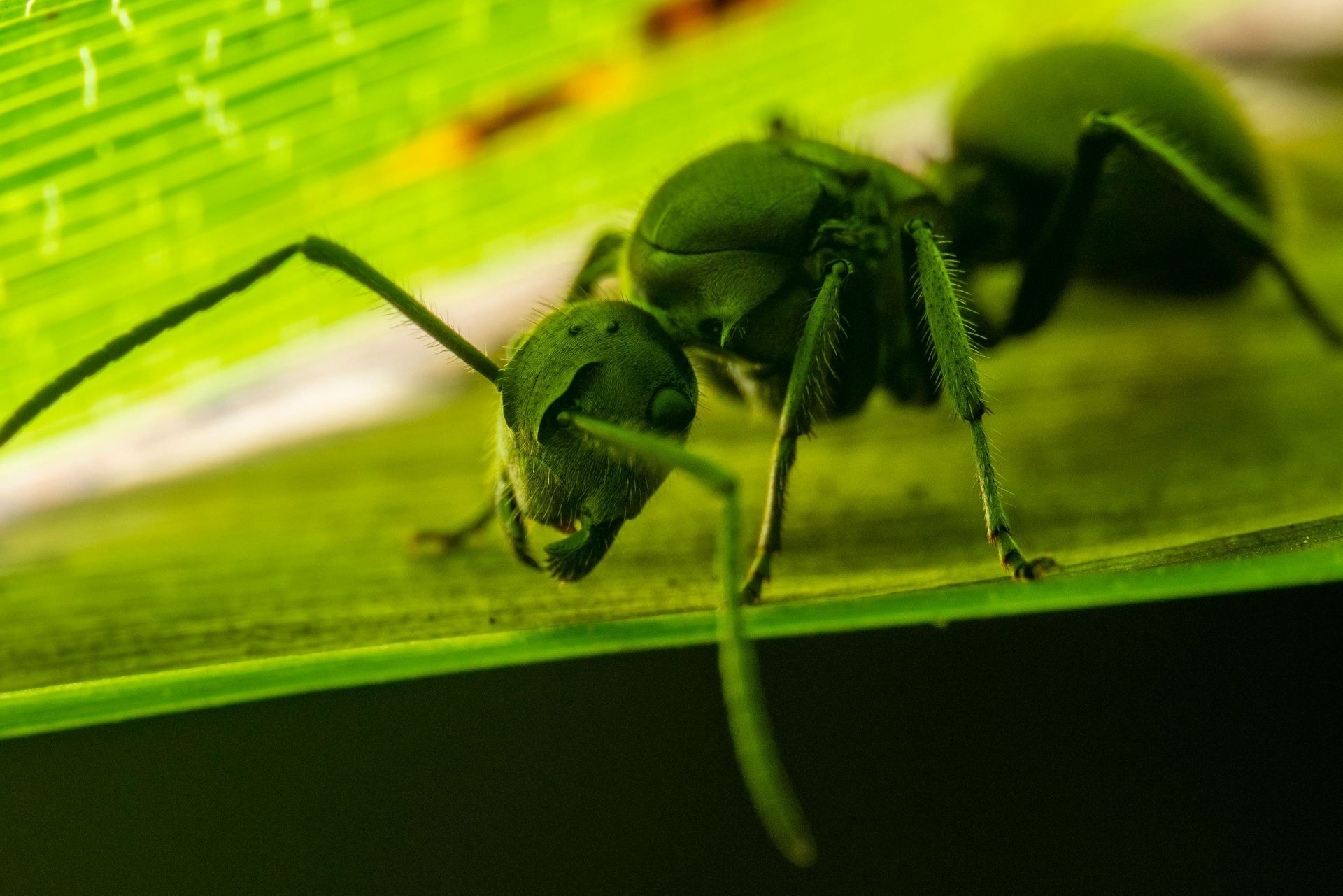Rabbits, Deer, and Woodchucks - and the Yard & Garden Plants They Eat
And how to stop them from doing it!
Rabbits, Deer, and Woodchucks and the Lawn & Garden Plants They Eat
If you have a garden, you know that certain animals can certainly wreak havoc, destroying all of your hard work in a matter of minutes. Rabbits, deer, and woodchucks, while they might be cute to look at in a zoo, or in a natural habitat or park, are not as cute when they are enjoying your plants for dinner. So what plants make for the marauder smorgasbord?
Those crazy rabbits…
Rabbits in particular love much more than carrots. Those annuals that you lovingly select every year from your local gardener and then painstakingly plant in your garden, are often a favorite for these furry little fiends. In particular, impatiens, morning glories, pansies, petunias, snapdragons, sunflowers, sweet peas, and zinnas are a popular treat. Unfortunately, it doesn’t stop there. Rabbits also love perennial bulbs and other flowers such as aster, baby’s breath, black-eyed Susans, coneflowers, daylilies, hostas, irises, daisies, oriental poppies, tulips, and the list goes on. Sadly, shrubs too are simply the icing on the cake, and when rabbits feed excessively on your shrubs, those shrubs might not be able to recover. Since rabbits also love fruits, and if you plan to plant fruit or any of the items mentioned above, you will need to take steps to keep the rabbits out.
Similar to rabbits, deer also find gardens to be a tasty treat. While deer are a bit more selective, they too like hostas and daylilies, as well as roses, and aren’t deterred by thorns from rosebushes. The following plants also make the list:
- Rhododendrons
- Azaleas
- Indian hawthorn
- Japanese pittosporum
- Pansies and violas
- Euonymus
- Japanese aucuba
- Blueberry
- Japanese yew
- Tulips
- American arborvitae
How much wood can a wood-chuck chuck?
Woodchucks, also known as groundhogs, can be especially destructive as they are great at both digging and climbing, which means that they can often get around any structure that you put into place to keep them out. And, they don’t seem to fall for traps all that often. Further, if you catch a woodchuck, you need to check your local ordinance to see if you can release that woodchuck anywhere but on your own property, or you may be subject to a fine. The good news is that while woodchucks are vegetarians, they don’t have quite the voracious appetite as their friends the rabbit or the deer. Woodchucks tend to focus on green leafy vegetables and soft fruits, along with peas, beans, corn, clover, and alfalfa.
How to repel and keep animals out of your garden
If you still want to tend to a garden that hosts a variety of plants that are delectable for these critters, then it is important to look into options to keep them away. Follow these steps to best prevent future destruction.
- Add garden fencing around your planting area
- Plant shrubs that are more often to attract deer, closer to your home, as deer tend to be timid and are less likely to approach your house
- Maintain your garden and keep it trimmed and tended – a dense garden makes a more comfortable place for animals to approach and bed down
- Use a non-harming trap to catch animals, and then relocate them to an area far away
- Use an ultrasonic device that mimics the sound of predators
- Mount a scarecrow, owl, or tinsel pole in the garden, and lay fake snakes along the dirt, to scare these barbarians away
- Sprinkle some human hair around the garden area (this may help deter the woodchucks who don’t generally like people)
- Spray with an environmentally friendly rabbit repellent
- Sprinkle ground red pepper on your plants
Critter Repellent All Natural Animal Repellent Blog
